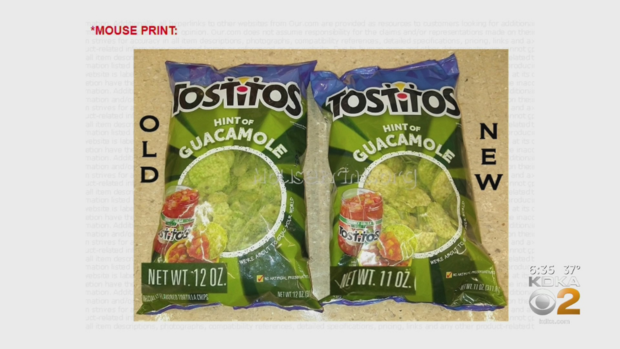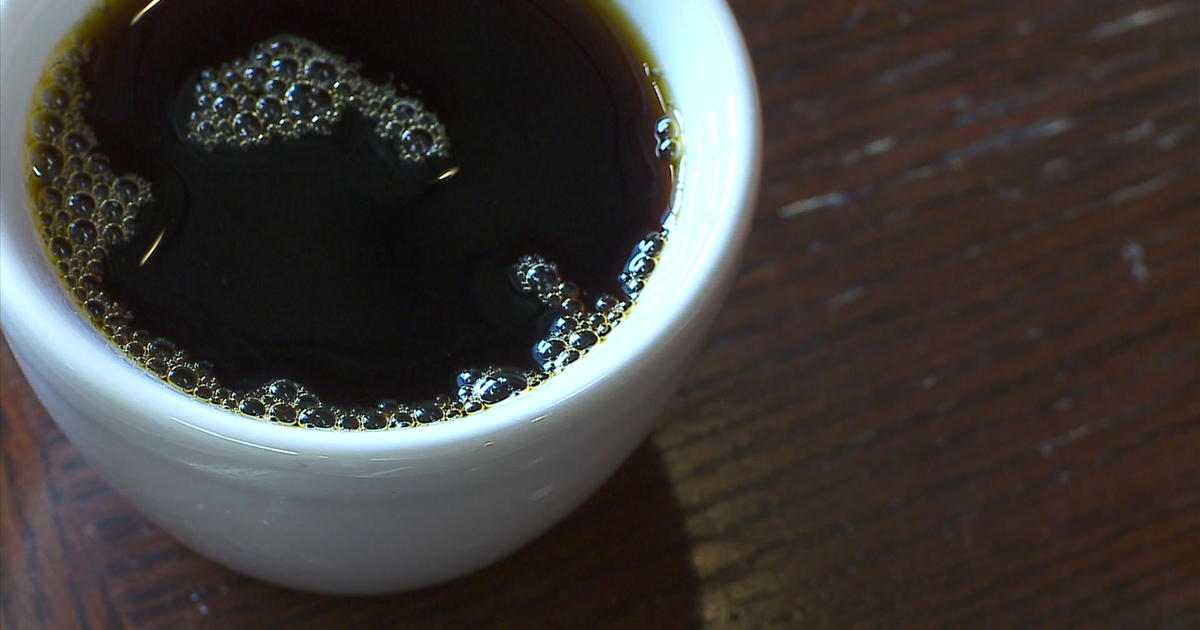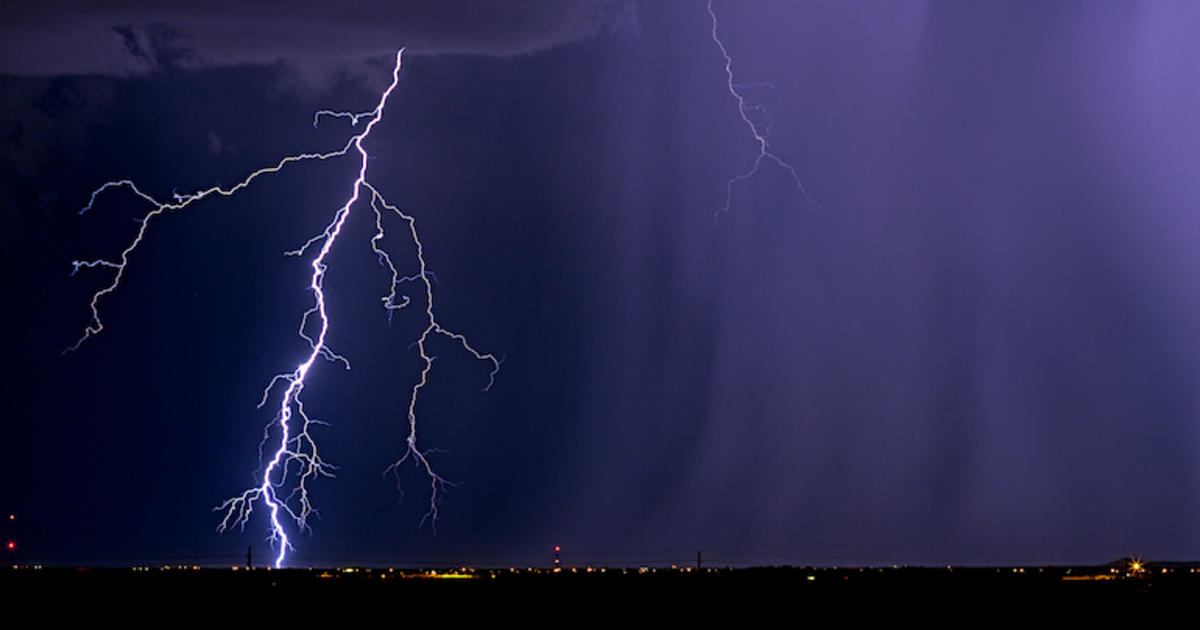Shrinkflation Grows As Manufacturers Downsize Products Without Lowering Prices
PITTSBURGH (KDKA) - The annual inflation rate hit 7.5 percent in January, the highest in forty years, and it's having consequences on grocery store shelves.
As money editor Jon Delano explains, instead of raising prices on their products, some manufacturers have shrunk the size of their packages.
It's called shrinkflation: downsizing a product without changing its price.
"It's really a sneaky way to pass on a price increase," says Edgar Dworsk.
The founder of ConsumerWorld.org and MousePrint.org, Dworsk has collected many examples of shrinkflation, which happens more during times of inflation like this.
"The manufacturer knows that most consumers are not net-weight conscious. They don't look at the fine print on the product box, so they won't even realize they've been snookered," Dworsky told KDKA money editor Jon Delano on Thursday.
In some cases, the packaging is the same with just fewer items inside like a bottle of pills with ten fewer pills or a bag of chips with one ounce less chips. Other manufacturers have downsized both their packages and what's inside.
"The original Breyer's ice cream -- and this goes for other brands as well -- was a half-gallon, 64 ounces," says Dworsky. "Then they took out a full cup, and it became 56 ounces. And then the current ice cream is 48 ounces. They took out another cup. Now when you see all these packages lined up like this, you can see the package is smaller, but we usually don't have that opportunity on the supermarket shelf to see the old and the news," the consumer advocate noted.
Dworsky was asked what he thought was most likely to be subject to shrinkflation.
"One of the big categories tends to be paper products. Over the years, paper towels – each sheet has gotten a little narrower, a little shorter. Same thing with toilet paper," he says.
Dworsky also says candy has undergone shrinkflation along with lots of cereals and some beverages, although a half-gallon of milk is still a half gallon.
His advice to consumers: be alert, compare products and, he says, "use unit pricing."
"That's on the grocery shelf, the price per ounce you're paying. If you get to know that, you'll be able to spot increases even if they're done through shrinking the product."
Is shrinkflation legal? Well as long as the products are accurately labeled, it's hard to make a case for deceptive advertising. It's been called the perfect business crime because it's not a crime.
So, in this case, caveat emptor – let the buyer beware.




